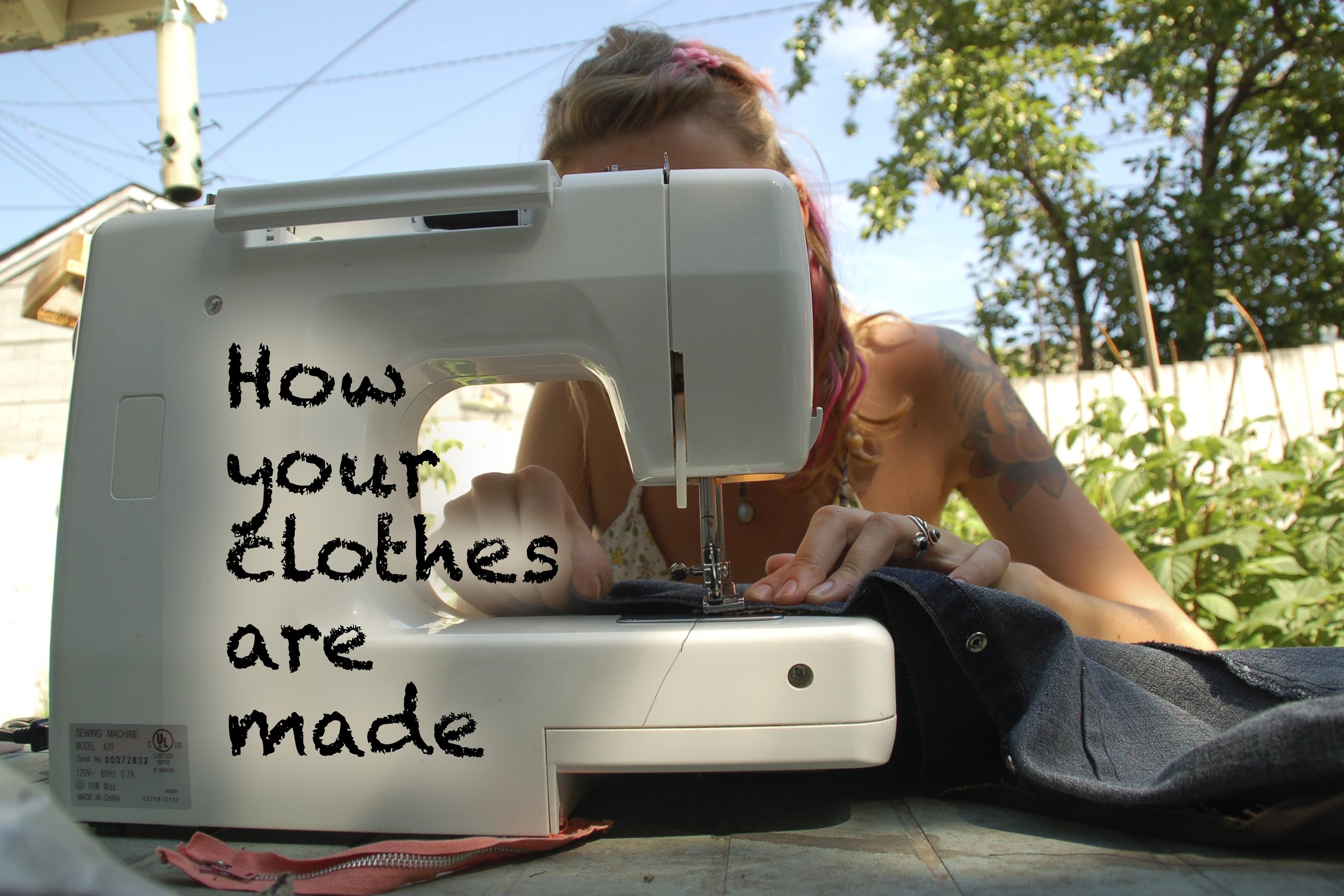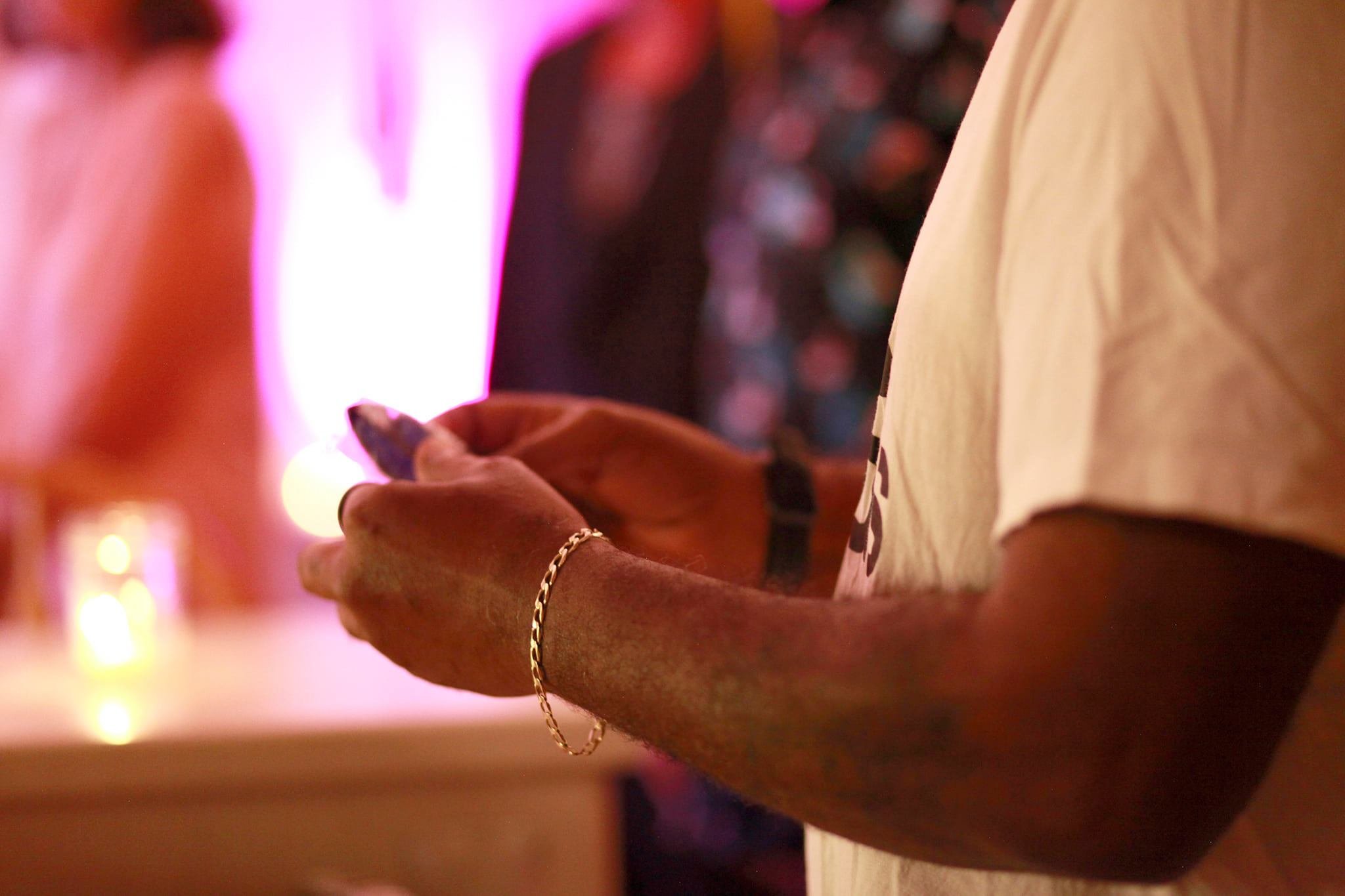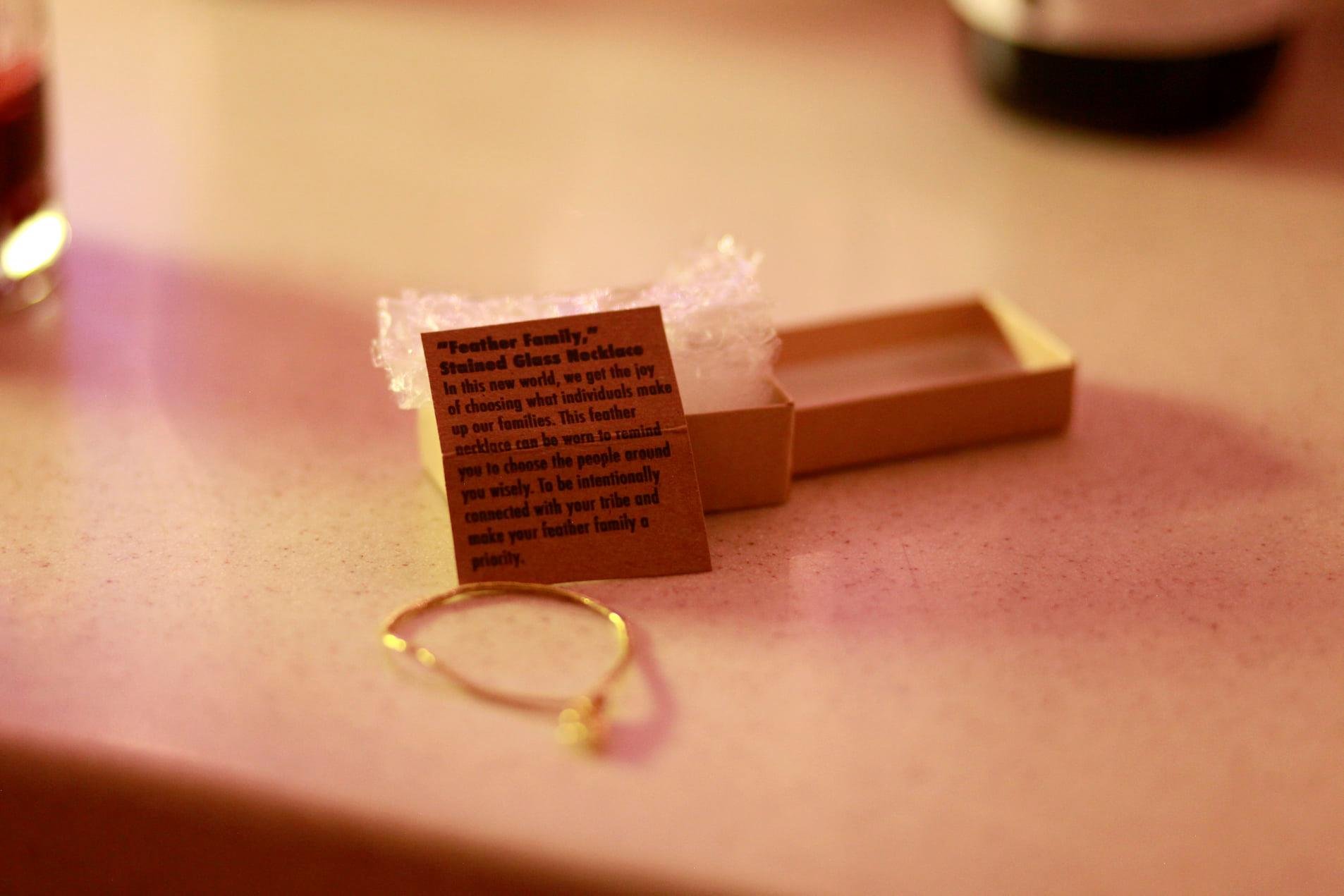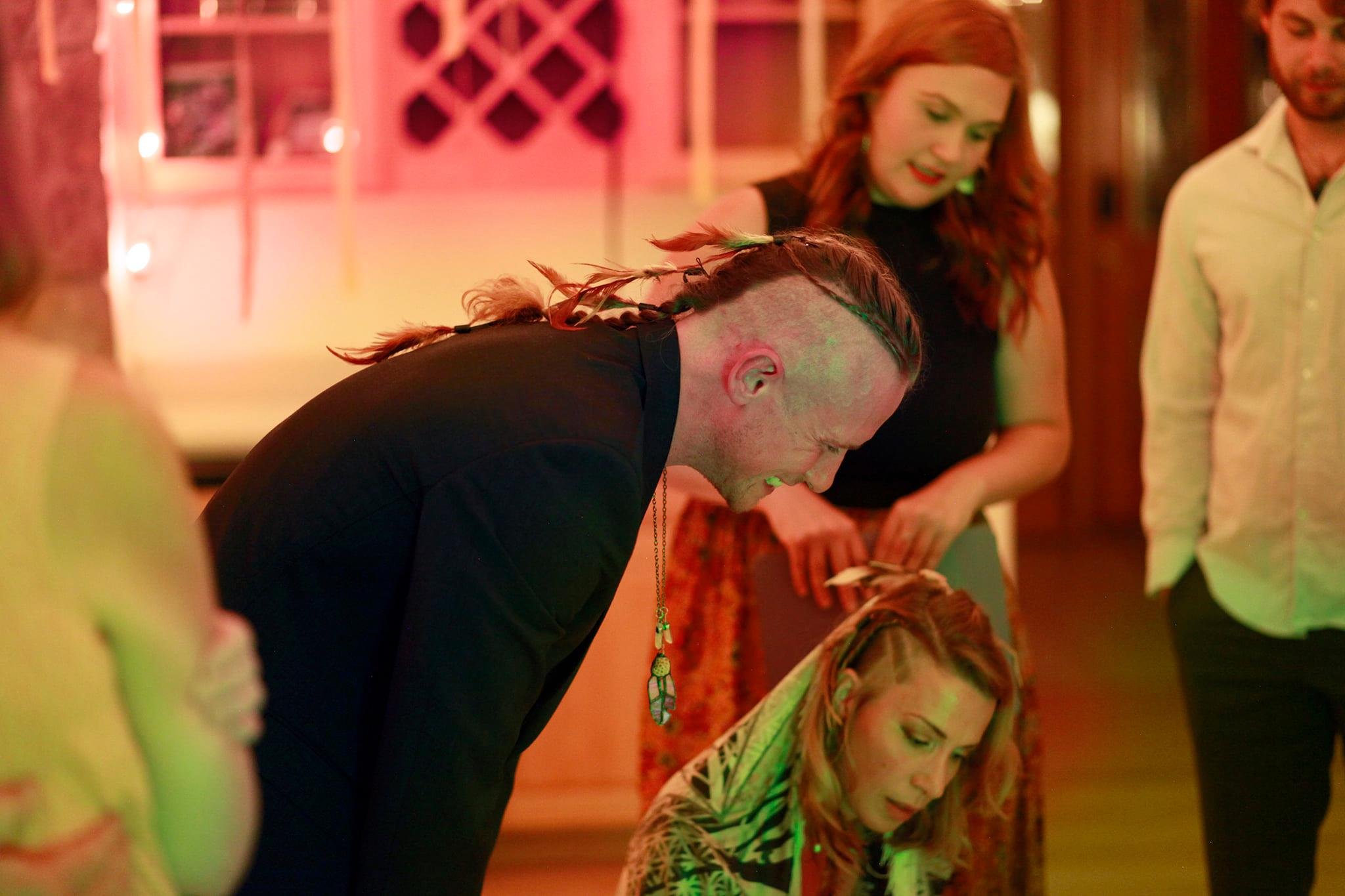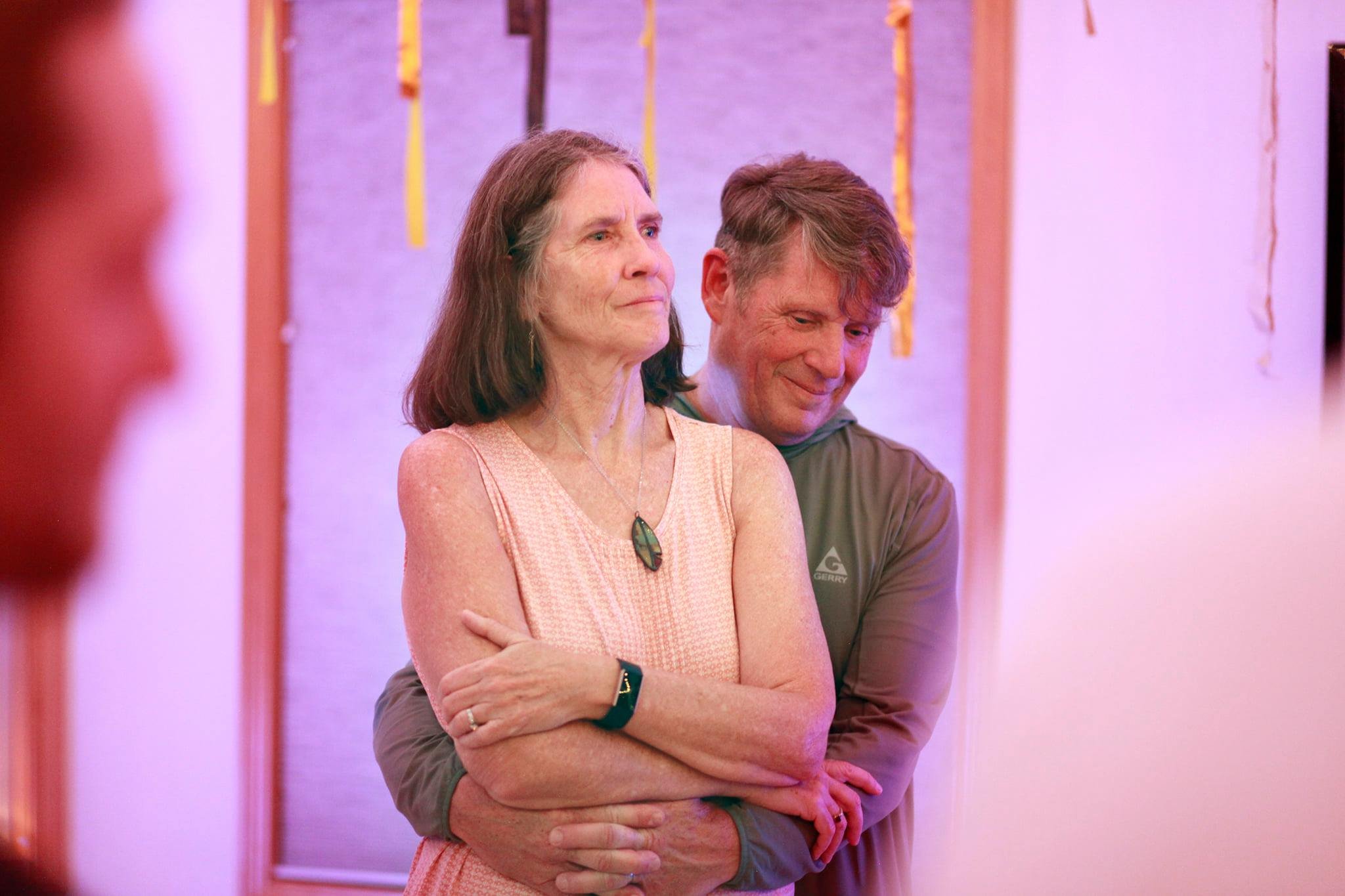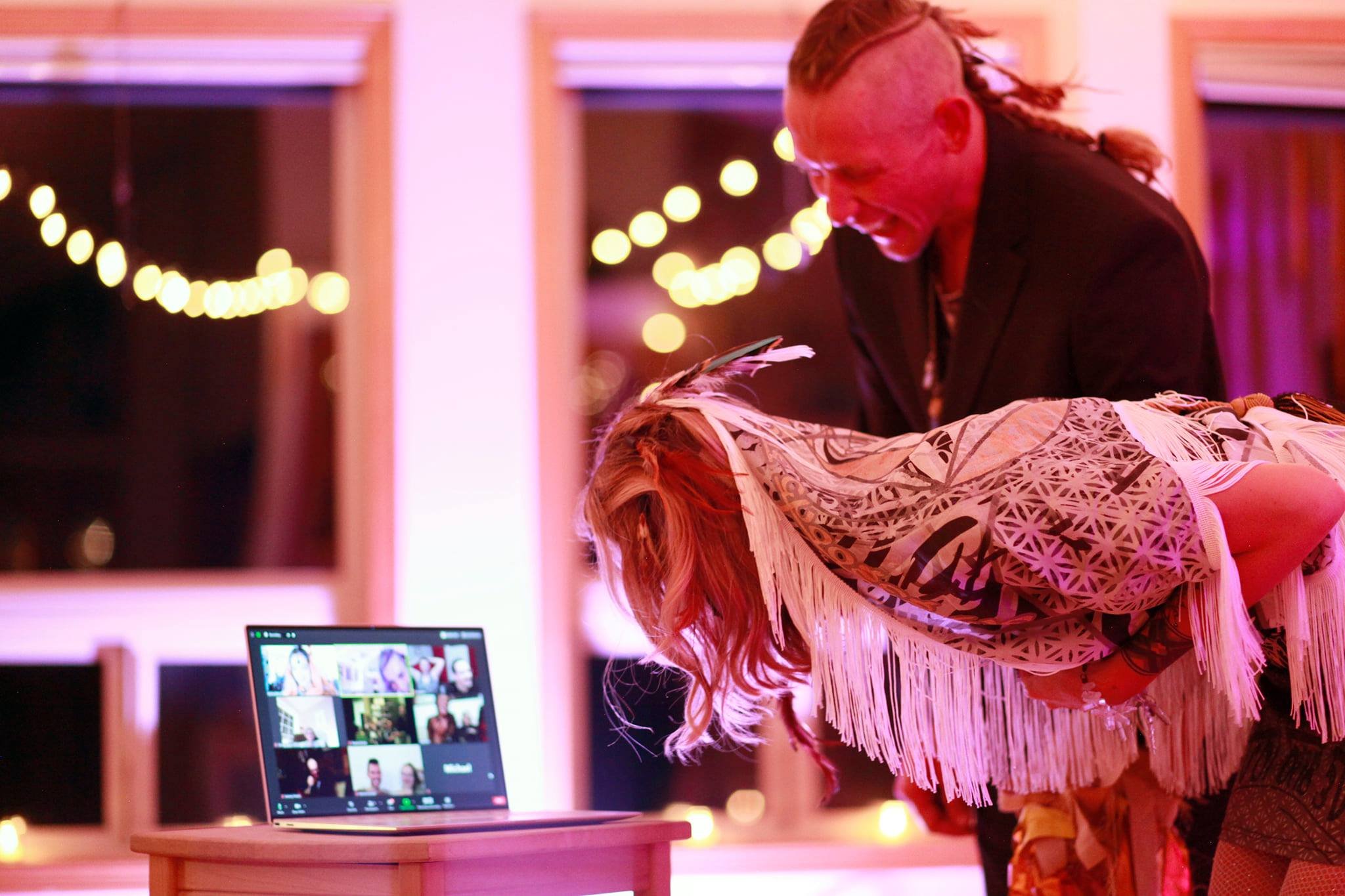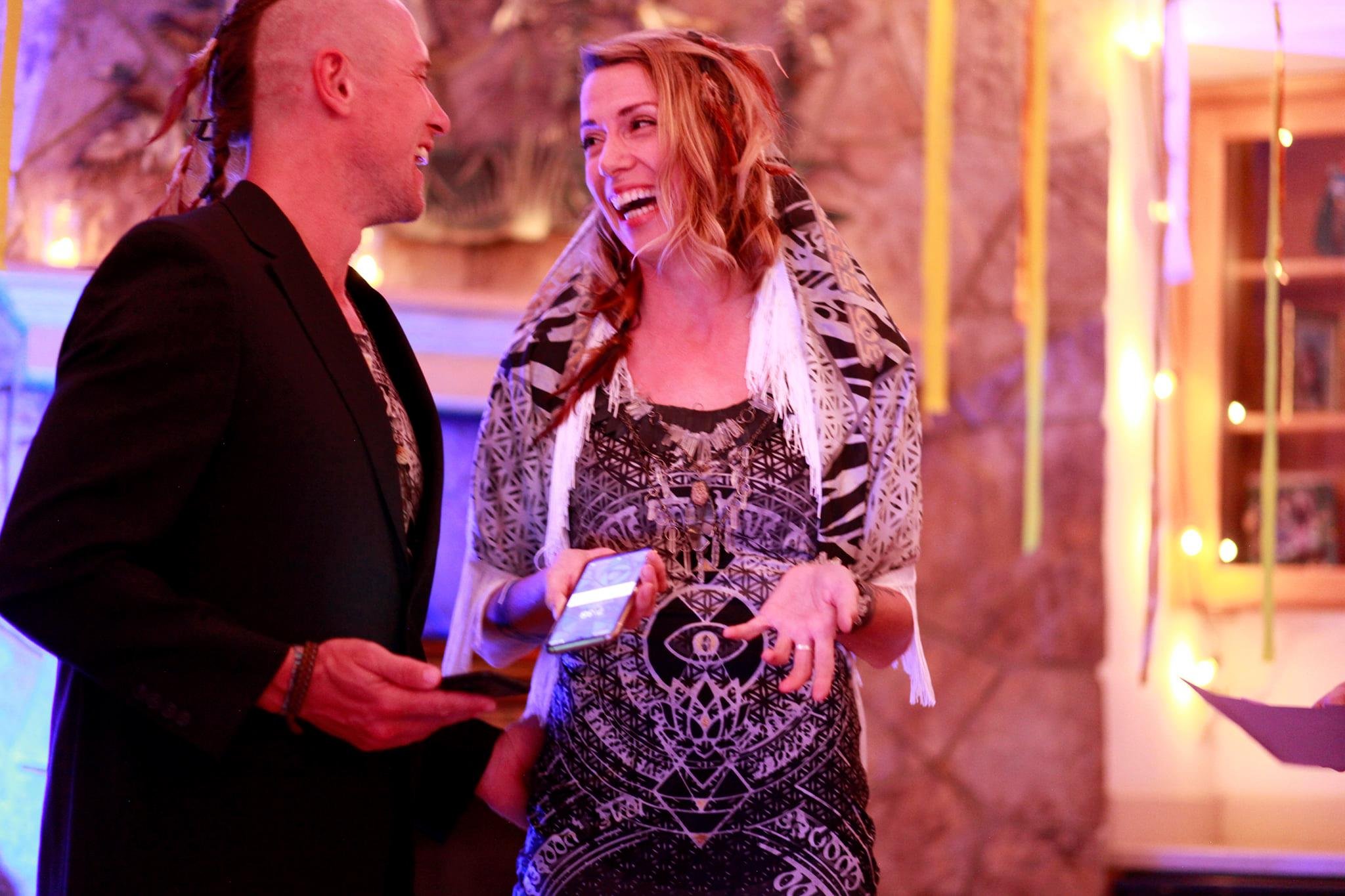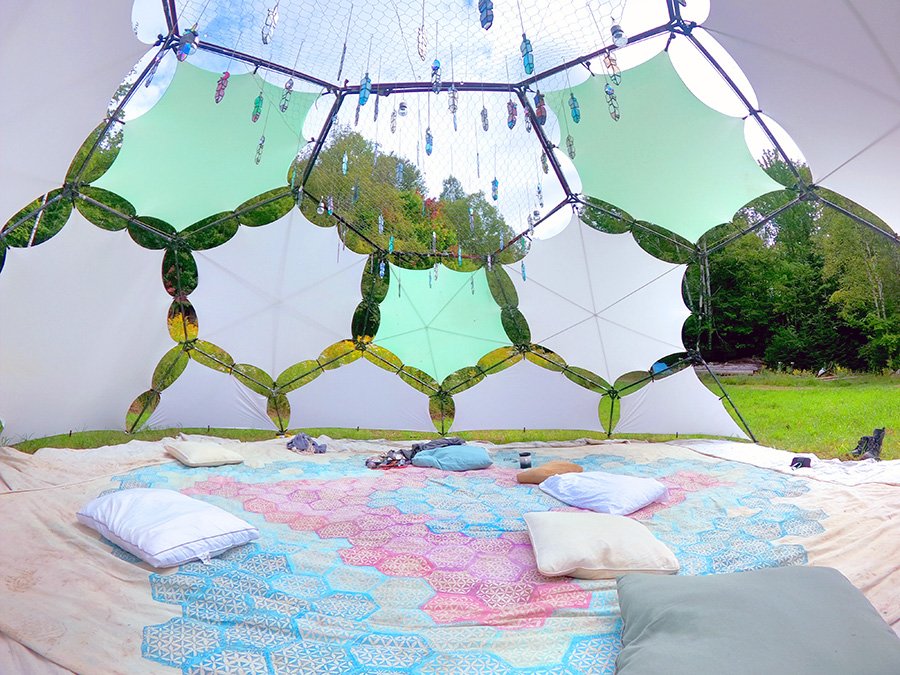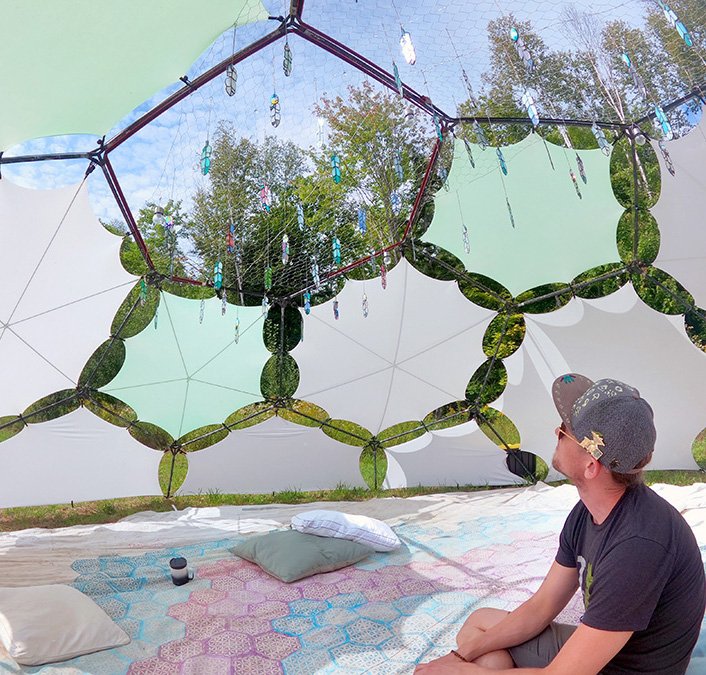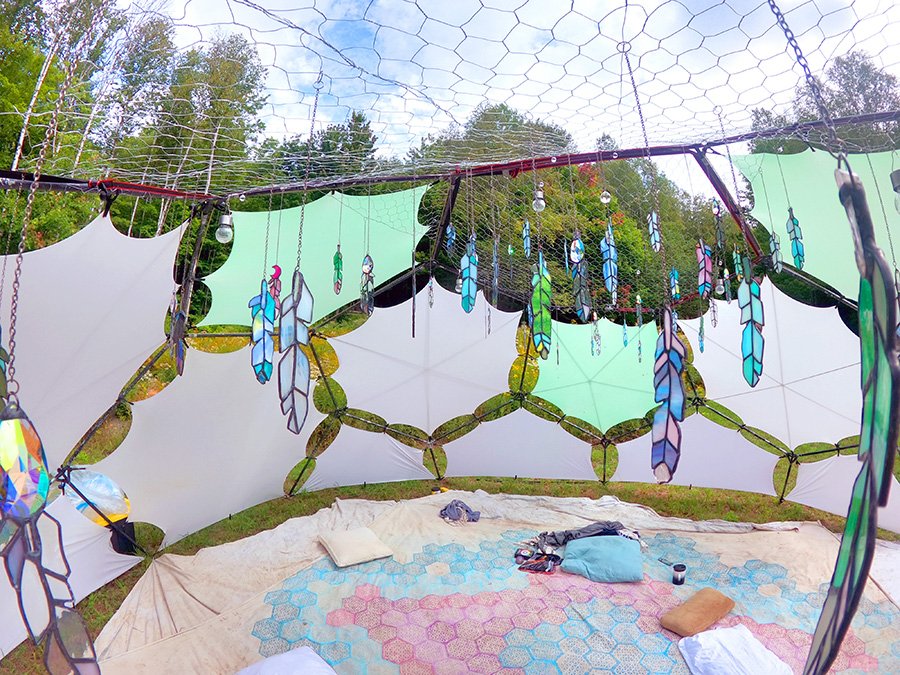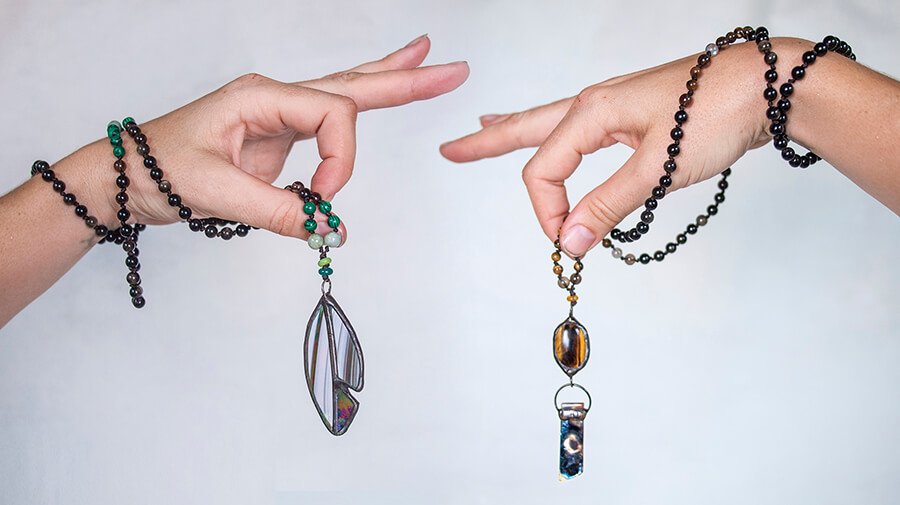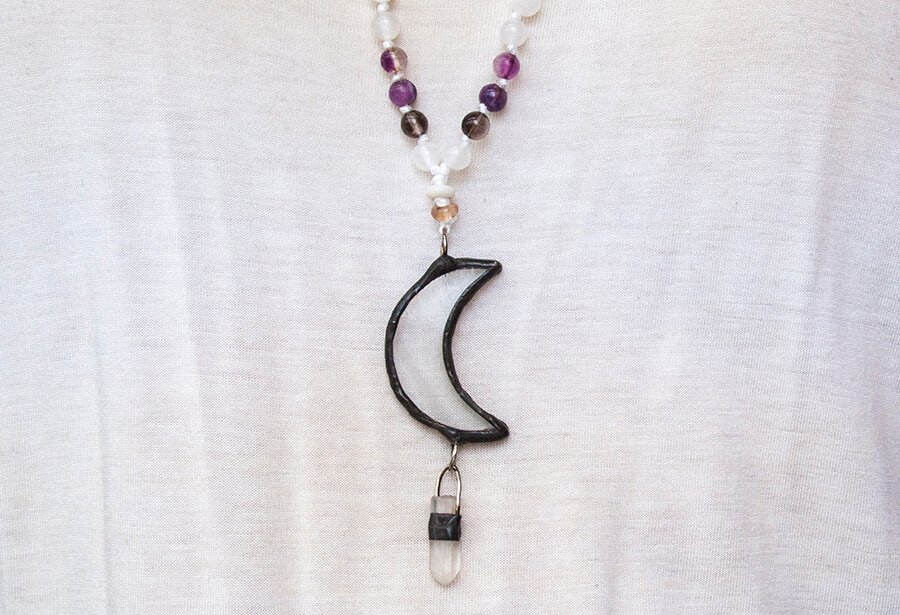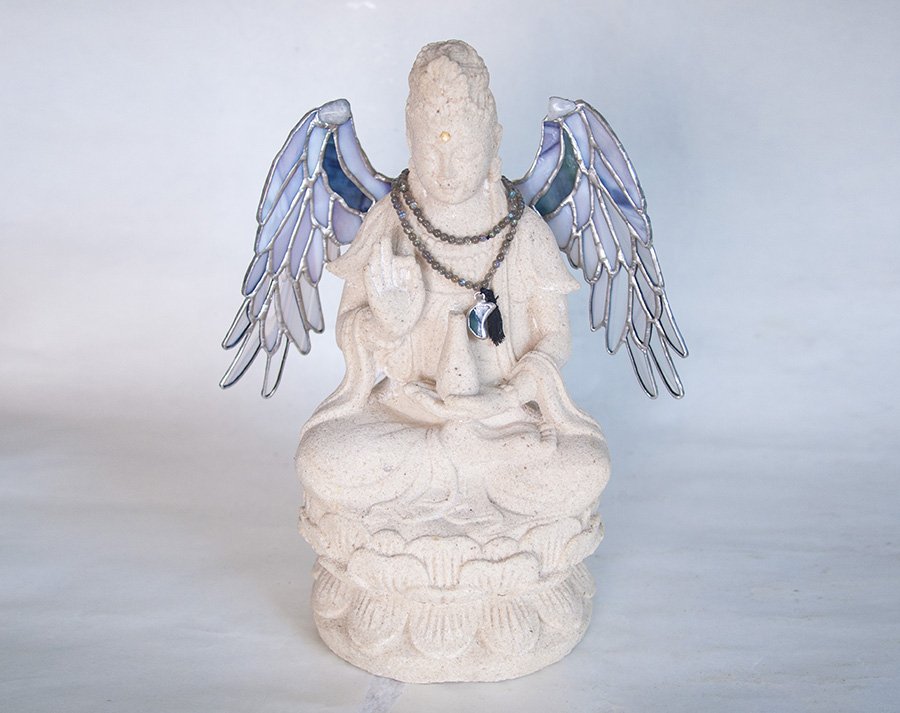It’s been so many years since I’ve done participatory art that I forgot the sheer joy of it. But last week I created a collaborative art piece with some incredible humans in a community that has my heart, and I feel so full and happy.
As many of you who follow my journey know, my partner and I have recently gone through immigration in the States, which has drastically limited my ability to work and travel for the last 2.5 years. But a month ago, my permanent residency card unexpectedly arrived in the mail, so I immediately booked a trip to Montreal, the place my heart calls home.
Montreal is special to me for so many reasons, the food, the culture, the neighborhoods, and the art. But the thing I love the most about the city is the community there. My art practice and I were shaped by the people who touched my life during the 11 years I lived there. I worked organizing and making art as a part of the Brûleurs de Montréal for over a decade, did an arts Master's Degree at Concordia University, and met so many people who have become dear friends and often, collaborators.
Booking my trip back was a spur-of-the-moment plan, a need for the freedom and community connection that I hadn’t felt for years. It was the obvious first place to go when I could leave the country. But, as luck would have it, my trip just happened to fall on the week of my all-time favorite event that happens in Montreal- Marche Noir.
The first Montreal Marché Noir, 2016
What is Marché Noir?
For those of you who haven’t heard of Marche Noir (or in some cities, Night Market), it’s a slightly anarchist event that happens once a year in a few cities across North America. The idea for it is simple- a date is announced, and anyone who wants to participate rents a box truck. The participants build whatever art installation they feel called to in the back of the truck.
Then, on the day of the event, all the participants get given an address of where to park the trucks (it changes every year, and only people building a truck get given the address). People pull up, open the back of their trucks, and create a spontaneous art gallery that people can wander around and experience.
This is my favorite event for so many reasons, but the main one is just the sheer beauty of the spontaneity and ephemeral nature. You never know how many teams will come, where you’ll be, or what the art will be like. It's there for about 5 hours, and then all of that art is gone forever.
It’s also so lovely because the only people who can attend are people who either built the art or the select few people who were invited by the artists. It creates a community vibe unlike any other because the only people there are people who are so in love with making art that they’re willing to make something seen only for a short time by only a few people.
Creating the Installation for Marché Noir
So obviously when I found out that Marche Noir was the week I was back, I had to participate. I had the start of an idea for it in a dream and reached out to my long-time collaborator Rae Hill to help build it. We were quickly joined by Elio “Élo” Choquette and Artemis C. Guay to help flesh out the idea. What evolved was one of my favorite ideas yet, and I’m so proud of what we built together.
Our installation was called Intuition Apothecary. The idea started because I’ve been feeling so heavy about the state of the world recently. I’ve been seeing people around me getting dragged down by so many of the hard things that are happening right now, and I wanted to do something that would help.
The idea sparked when I saw a video of an installation where people were getting “prescribed” poetry as a way to mend the heart. And I started to think about the non-medicinal things we could be “prescribed” to feel better about the world right now.
So Rae, Élo, Artemis, and I came together and developed the idea of an old-timey apothecary, where people could be given a prescription for something that might help their heart in these troubling times. We wrote out 100 unique ideas for common things that could help people right now and then gave them time frames for how long people needed to do them.
The prescriptions were in 6 categories, and I’ll give you some examples--
Self Care-
Listen to your favorite playlist for 20 minutes a day for 2 weeks.
Paint or draw something fun for 30 minutes every weekend for 3 weeks.
Write in a journal for 10 minutes every evening for 2 weeks.
Mindfulness-
Practice gratitude by writing down 3 things you're thankful for every day for 2 weeks.
Practice mindful walking, paying attention to each step, for 10 minutes a day for 1 week.
Spend 5 minutes each morning visualizing peace and calm for your day for 2 weeks.
Reducing Technology-
Limit Instagram use to 5 minutes a day for 3 weeks.
Spend the first hour of your morning without technology for 1 week.
Replace nightly news watching with a walk for 3 weeks.
Being in Nature-
Take a 15-minute walk in a park every morning for 2 weeks.
Walk around your neighborhood and focus on the trees for 10 minutes a day for 1 week.
Watch insects move around a garden for 5 minutes every afternoon for 2 weeks.
Moving your body-
Try a 20-minute yoga routine every evening for 2 weeks.
Do 5 minutes of jumping jacks every afternoon for 1 week.
Spend 15 minutes dancing in your living room every evening for 1 week.
Connection with others-
Plan a coffee or lunch meetup with someone once a week for 3 weeks.
Join an online or local community group and engage for 15 minutes a day for 1 week.
Ask a loved one about their day and have a 10-minute conversation every day for 1 week.
We hand-wrote all 100 prescriptions on tiny pieces of paper, and none were repeated. The pieces of paper then went into clear capsules that we could hand out to people. We labeled the colors according to the category, but what prescriptions people received within that category were completely random (or, as I like to believe, decided by the universe).
Building the Truck for Marché Noir
The inside of the truck was built out to be like an old-timey apothecary, the start of which was an armoire I found in street trash, in the true Montreal way. Art, plants, candles, furniture from Rae and Élo’s homes, and hand-picked flowers from Artemis’s garden completely transformed the cold inside of the box truck into a warm and welcoming scene. Then we all dressed up in 19th-century fashion and drove to the location we were given.
Outside the truck, we set up a beautiful tea station where people could wait. One of us staffed the outside, handing out tea and managing participants. The conversations I had while working outside were meaningful and connected, and it was such a joy to see people relaxing in the atmosphere we created.
The inside of the truck was hidden by a heavy gold velvet curtain, so the participants didn’t know what they were getting into, other than that it would be a guided time of reflection. The participants went in one by one and were greeted by whoever was working inside, or rather, their “intuitionist.”
Once inside, the participant would sit across the desk from their intuitionist and we walked through an intake form. Questions like, “How long do you spend per day on social media,” or “How much time do you spend per week with community,” helped people slow down and reflect on habits they had and how they were affecting their lives.
The last series of questions was open form and asked participants what they felt they were lacking in their lives. By the time most participants reached this point, they were grounded and introspective, and every person I talked to gave me very sincere answers about things that they needed, many getting emotional and vulnerably opening up.
The questionnaire not only helped people take a moment to reflect on their needs, but it also gave us some insight into what category of “prescription” they might need. We put their intake form and their hand-chosen pill into a bag for them to take away, so they could read the handwriting inside the pill later.
The process was honestly so beautiful, and I was kind of in awe of how seriously participants took the process and how vulnerable and present people were. It was incredible to be able to give people a moment of being listened to and offered support. It makes me a little teary to think about it. Although I do have to say, by the time I was finished my time inside the truck I was exhausted by sustaining such intense emotional presence. But holy moly, am I so grateful for the people who showed up so wholeheartedly!
Marché Noir
The rest of Marché Noir was such a joy. Although if I’m being honest, I barely saw much of the art because there were so many people to talk to that I hadn’t seen in years! But from what I saw the rest of the art was absolutely spectacular.
A haunted house, tiki beach bar, interactive disco, latex sound bath, seance experience, and movie theater, just to name a few! It was the biggest Marché Noir I’d ever been to and the quality of the art was spectacular. Especially because it only existed for a few hours!
All in all, the event filled up my every emotional crevice with a sense of fulfillment. I had forgotten just how much joy I feel creating participatory art for people. It’s been a couple of years of loneliness, creating art alone in the studio, and this event reminded me of why I create art in the first place- to connect with others and share these brief moments of wonder.
Thanks to every single human who made this event so incredible. I can’t wait to keep creating stuff like this with you for many years to come.
If you would like to participate in this event next year, PLEASE DO! Anyone and everyone is welcome to build art for this event. Follow the Marché Noir Facebook group to be alerted about next year's date!




























































